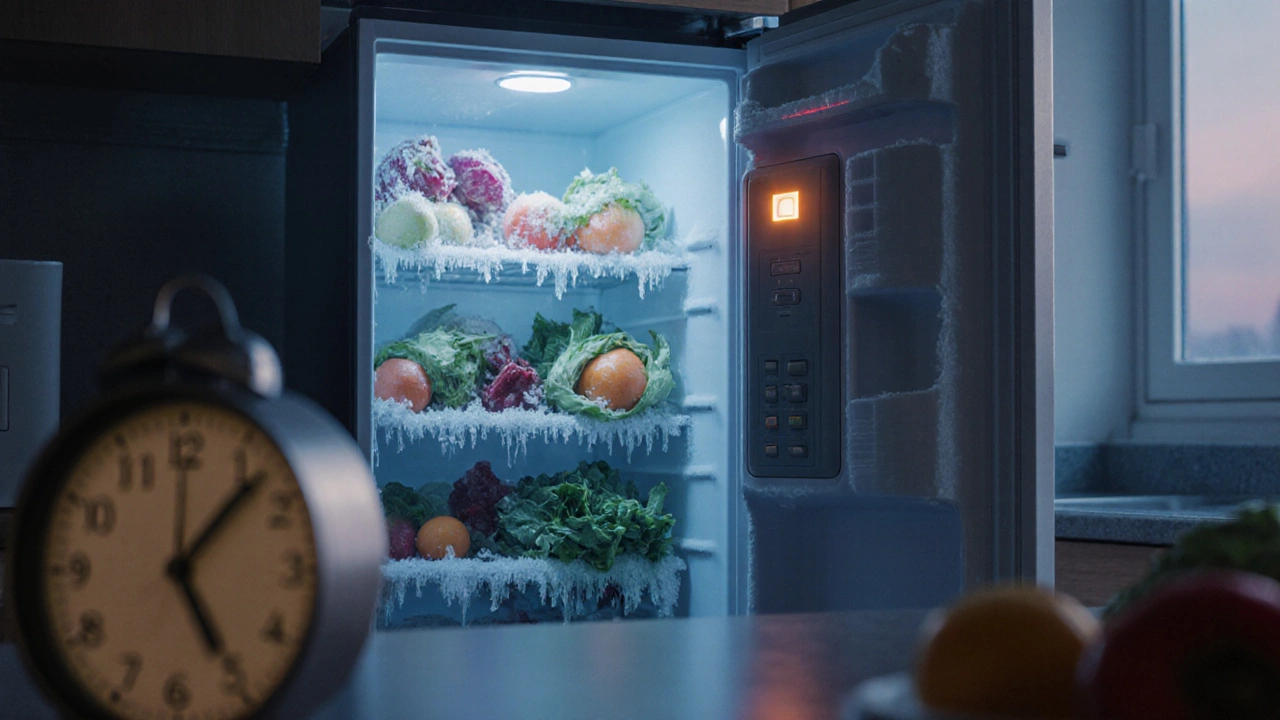
Step‑by‑step guide to pinpoint why a fridge isn't cooling, covering key components, diagnostic checks, common symptoms, DIY tips, and when to call a professional.
When working with Refrigerator Repair, the process of diagnosing and fixing problems in a household fridge to restore proper cooling. Also known as fridge fix, it helps you avoid food spoilage and high energy bills. Refrigerator repair starts with a quick visual check and then moves to targeted tests, so you can decide whether a DIY fix will do or it’s time to call a pro.
The Compressor, the heart of the cooling cycle that pressurizes refrigerant and drives heat exchange is often the first culprit when a fridge stops cooling. If you hear a loud click or the unit runs constantly without dropping temperature, the compressor may be failing. Testing its start relay, measuring voltage, and checking for overheating are basic steps that can save a costly replacement. Knowing how the compressor works lets you spot early signs before a full breakdown.
A sealed system is only as good as its Door Seal, the rubber gasket that prevents warm air from entering the fridge cavity. Cracked or warped seals let warm air in, forcing the compressor to work harder. Inspect the seal by closing a dollar bill against it; if it slides out easily, replace it. Tightening hinges and cleaning the gasket with mild soap also prolongs seal life and improves overall efficiency.
Temperature control is another key player. Modern fridges use a thermostatic sensor to maintain the set point, usually between 35‑40°F (2‑4°C). A faulty sensor or mis‑calibrated thermostat can cause erratic cooling. Use a fridge thermometer to verify actual temperature and, if needed, adjust the control dial or replace the sensor. Proper temperature control not only keeps food fresh but also reduces energy waste.
All these parts fall under the broader umbrella of Appliance Maintenance, regular care tasks that keep household devices running efficiently and extend their lifespan. Simple habits—cleaning condenser coils quarterly, leveling the unit, and clearing dust from vents—prevent many common fridge problems. A well‑maintained fridge rarely needs major repairs, and you’ll notice lower electricity bills as a bonus.
Energy efficiency ties everything together. When the compressor, seal, and thermostat work in harmony, the fridge consumes the least power. Look for the ENERGY STAR label when buying a new unit, and consider retrofitting older models with LED lighting or smart temperature controllers. Even small tweaks, like keeping the freezer less than half full, can boost performance without extra cost.
Below you’ll find a curated collection of articles that walk through each of these topics in detail, from diagnosing compressor noise to swapping out a door gasket. Whether you’re a first‑time fixer or a seasoned DIYer, the guides give you the step‑by‑step insight you need to keep your fridge humming smoothly.

Step‑by‑step guide to pinpoint why a fridge isn't cooling, covering key components, diagnostic checks, common symptoms, DIY tips, and when to call a professional.